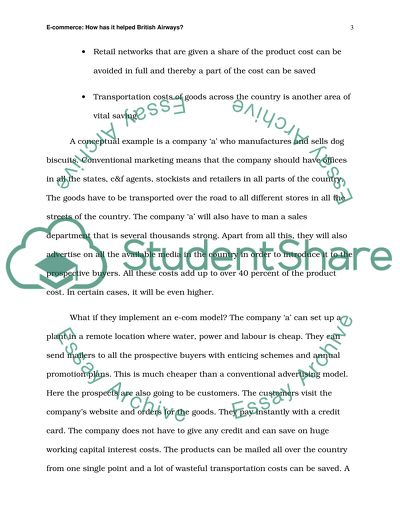Cite this document
(“E-Commerce: How has it helped British Airways Essay”, n.d.)
E-Commerce: How has it helped British Airways Essay. Retrieved from https://studentshare.org/miscellaneous/1514980-e-commerce-how-has-it-helped-british-airways
E-Commerce: How has it helped British Airways Essay. Retrieved from https://studentshare.org/miscellaneous/1514980-e-commerce-how-has-it-helped-british-airways
(E-Commerce: How Has It Helped British Airways Essay)
E-Commerce: How Has It Helped British Airways Essay. https://studentshare.org/miscellaneous/1514980-e-commerce-how-has-it-helped-british-airways.
E-Commerce: How Has It Helped British Airways Essay. https://studentshare.org/miscellaneous/1514980-e-commerce-how-has-it-helped-british-airways.
“E-Commerce: How Has It Helped British Airways Essay”, n.d. https://studentshare.org/miscellaneous/1514980-e-commerce-how-has-it-helped-british-airways.


